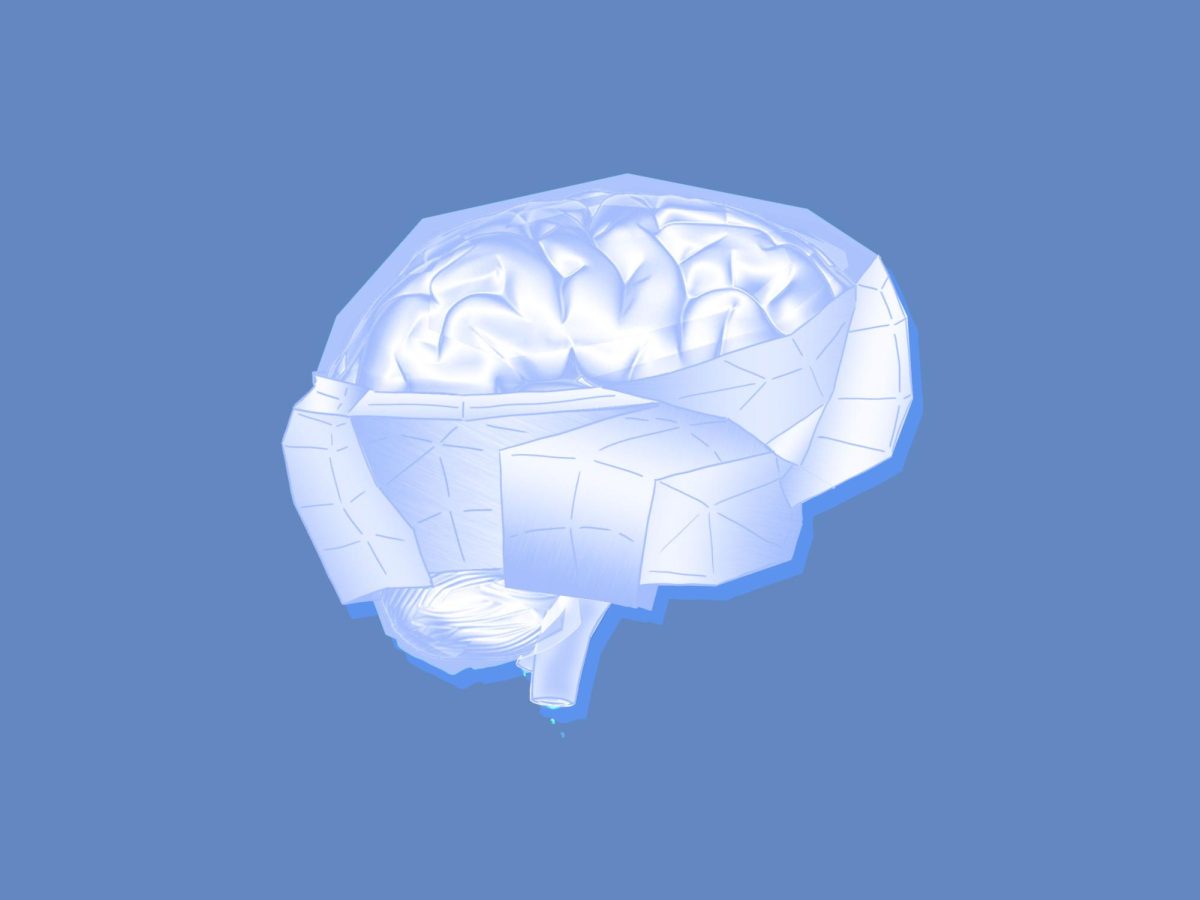In a study published by Nature on Jan. 10, researchers at the Korea Advanced Institute of Science and Technology (KAIST) discovered a novel structure in mice — the nasopharyngeal lymphatic plexus (NPLP).
NPLP plays a significant role in cerebrospinal fluid (CSF) drainage. It functions similarly to a “sewer system” of the central nervous system, composed of the human brain and spinal cord, by ensuring CSF is properly filtered and restored. Without this filtration, the brain will accumulate lots of waste, leading to neurodegenerative diseases and other pathologies.
The researchers, led by Jin-Hui Yoon, Ph.D. and Gou Young Koh, Ph.D., utilized genetically engineered mice with fluorescent markers injected into their lymphatic system. With these markers, they could comprehensively view how this network was arranged, such as where certain lymphatic vessels were located and how they made their way to the brain.
Additionally, they leveraged immunostaining techniques to locate where precisely the NPLP drained this CSF, which was found to be lymph nodes in the neck. As a result, the researchers discovered that the NPLP is located behind the nose and that it is a network of lymphatics (or lymphatic vessels) that ultimately drains into the deep cervical lymph nodes in the neck.
Through pharmacological activation and other experiments, they validated these findings. They observed increased CSF outflow when they pharmacologically activated the deep cervical lymphatics. Moreover, they performed a single-cell analysis of endothelial cells (the cells responsible for producing CSF) to see how the structure of the NPLP may change due to aging.
They found that despite more aging-related proteins being expressed in the NPLP in aging mice, the deep cervical lymphatics were still responsive to chemical signaling for CSF outflow. This indicates that these findings can be translated to elderly populations, who are most susceptible to neurodegenerative diseases such as dementia and Alzheimer’s disease.
With these results, the researchers hope their findings can lead to new patient therapies..
“The deep cervical lymphatics, which remain intact with aging, offer a potential target for therapeutic interventions aimed at improving CSF outflow in individuals with compromised brain health,” Yoon stated.
Both co-authors had similar hopes.
“We plan to verify all the findings from the mice in primates, including monkeys and humans,” Koh mentioned. “We aim to investigate in a reliable animal model whether activating the cervical lymphatic vessels through pharmacological or mechanical means can prevent the exacerbation of Alzheimer’s disease progression by improving CSF clearance.”
Even more, other experts see the potential of this finding.
“The central nervous system’s lymphatic circuit has strong potential regarding the treatment of neurological diseases and cognitive aging,” Jean-Léon Thomas, Ph.D., who is an associate professor of neurology at the Yale School of Medicine said.
“This work aligns well with this objective,” Thomas continued. “It demonstrates that CSF drainage can be modulated by the extra-cranial lymphatic system, and that drugs targeting adrenergic and nitric oxide regulate the contraction and dilation, respectively, of extra-cranial lymphatic collectors, and can be used to stimulate CSF lymphatic drainage.”
Through this novel discovery, it is clear that NPLP is a groundbreaking discovery that can potentially revolutionize treatments for neurodegenerative diseases in the future.. However, much more research must be done, such as how the NPLP can be used to produce new drug therapies.
Nevertheless, modern science and medicine are gradually getting closer to eliminating some of the most debilitating diseases affecting society today.








